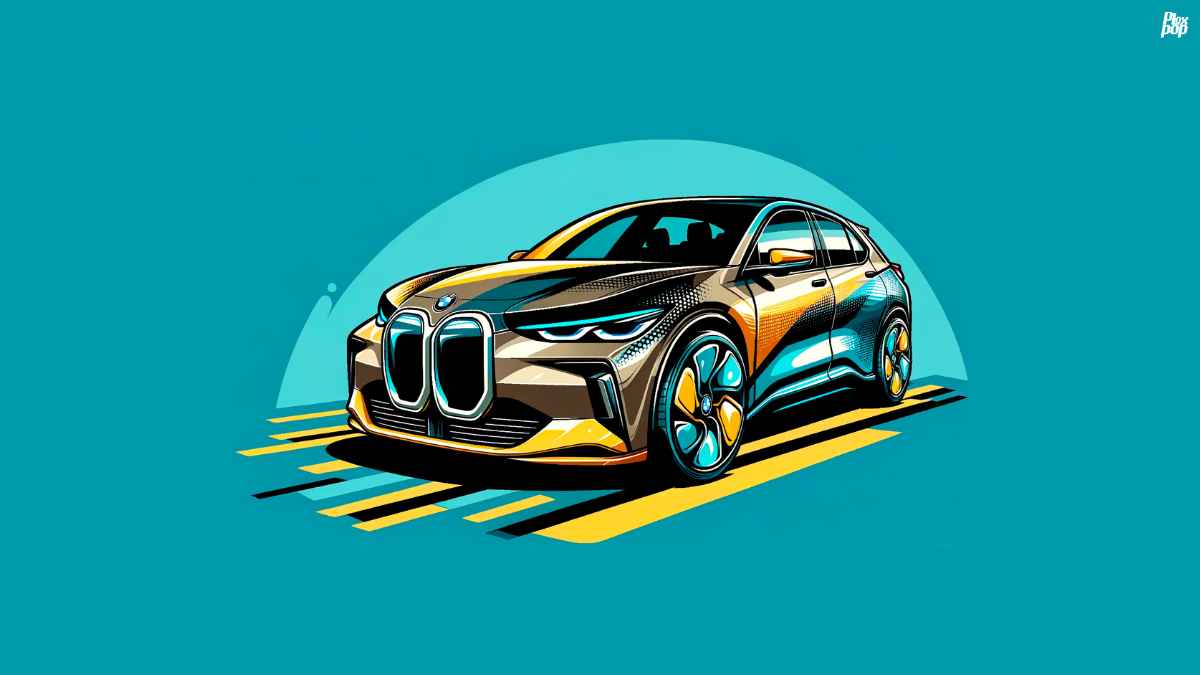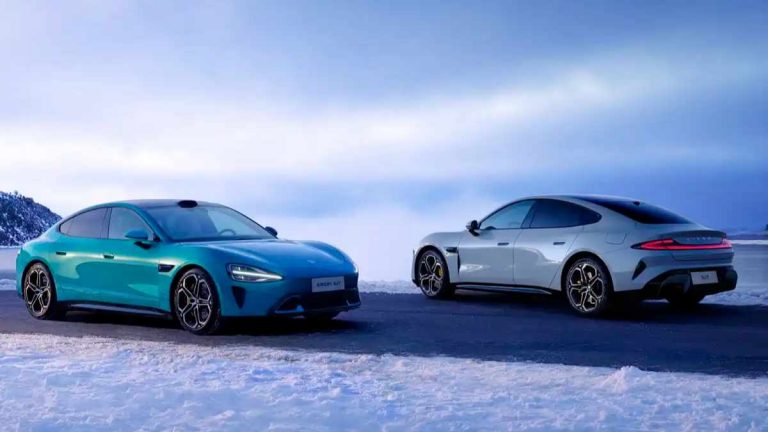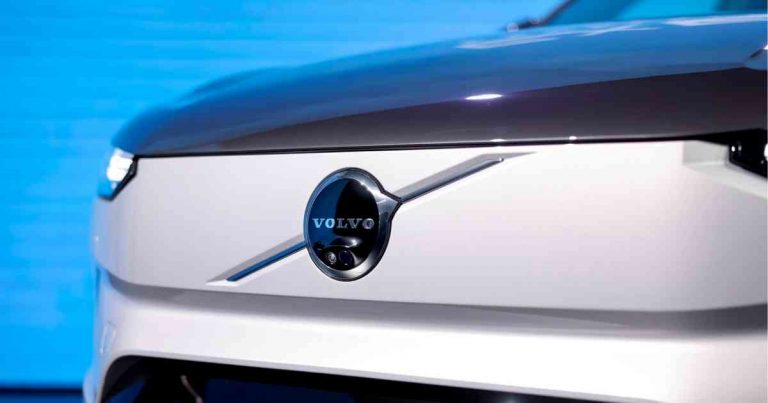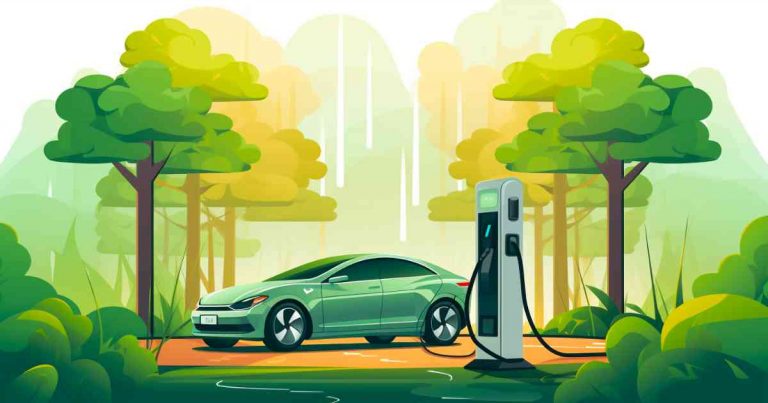Electric vehicles (EVs) have long battled with the specter of range anxiety, but a groundbreaking development is set to change the game. The BMW iX, equipped with a revolutionary new battery from the start-up Our Next Energy (ONE), is redefining the limits of EV travel. This innovative battery, named Gemini, has enabled the BMW iX to achieve an astonishing feat — nearly 1000 kilometres without a recharge.
The Gemini Battery:
The secret to this remarkable range lies in the Gemini battery’s unique design. It’s a hybrid, combining two different cell types. The first part, made of lithium iron phosphate (LFP) cells, powers the motor and provides a respectable 240-kilometre range, covering most daily driving needs. The second part, consisting of anode-free cells, boasts a high energy density and serves as a range extender, adding about 724 kilometres.
Besides its impressive range, the Gemini battery stands out for its reduced environmental impact. It demands 20% less lithium and 60% less graphite, with significant reductions in nickel and cobalt usage. This not only lowers production costs but also lessens environmental pollution.
Despite these advancements, the anode-free technology has its limitations, including a shorter lifespan and lower power output compared to conventional lithium batteries. However, ONE’s approach cleverly uses the LFP part for regular driving, reserving the anode-free cells for range extension when needed.
ONE previously demonstrated its prowess with a modified Tesla Model S, achieving a 1200-kilometre drive without recharging. However, this was under controlled conditions, and the technology was not ready for mass-market application.
The battery used in the BMW iX marks a substantial improvement in this technology. An information graphic from the manufacturer indicates a 100% reduction in cobalt content and a 75% reduction in nickel content. The company is now focusing on “manganese-containing cathodes without cobalt.”
Following the successful demonstration of the battery, ONE plans to further optimize it for a market launch slated for 2024 — making long-distance electric travel a practical reality and silencing critics of EV range limitations.






Leave a Comment